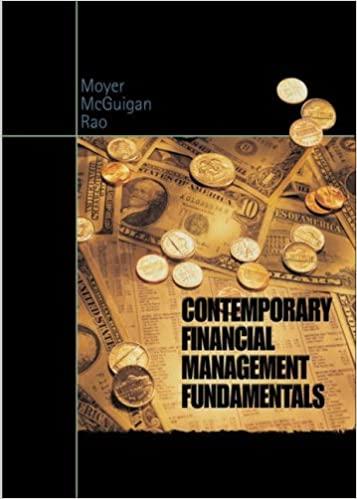Answered step by step
Verified Expert Solution
Question
1 Approved Answer
Calculating a beta coefficient for a single stock Suppose that the standard deviation of returns for a single stock A is A = 4 0
Calculating a beta coefficient for a single stock
Suppose that the standard deviation of returns for a single stock A is and the standard deviation of the market return is If the correlation between stock A and the market is then the stock's beta is
Is it reasonable to expect that the future expected return for a stock will equal its historical average return over a relatively short period of time?
No
Yes
Next, consider a twoasset portfolio consisting of stock A with and an expected return and a standard deviation of and stock with and Assuming that the correlation between stocks A and is the expected return to the portfolio is and the portfolio's standard deviation is
Suppose that the correlation between stocks A and is instead of Which of the following statements correctly reflects the new data?
The risk assoclated with the portfolio is the same as when the correlation is
The risk associated with the portfolio is lower.
The expected return to the portfolio is higher.
The risk associated with the portfolio is higher.

Step by Step Solution
There are 3 Steps involved in it
Step: 1

Get Instant Access to Expert-Tailored Solutions
See step-by-step solutions with expert insights and AI powered tools for academic success
Step: 2

Step: 3

Ace Your Homework with AI
Get the answers you need in no time with our AI-driven, step-by-step assistance
Get Started


